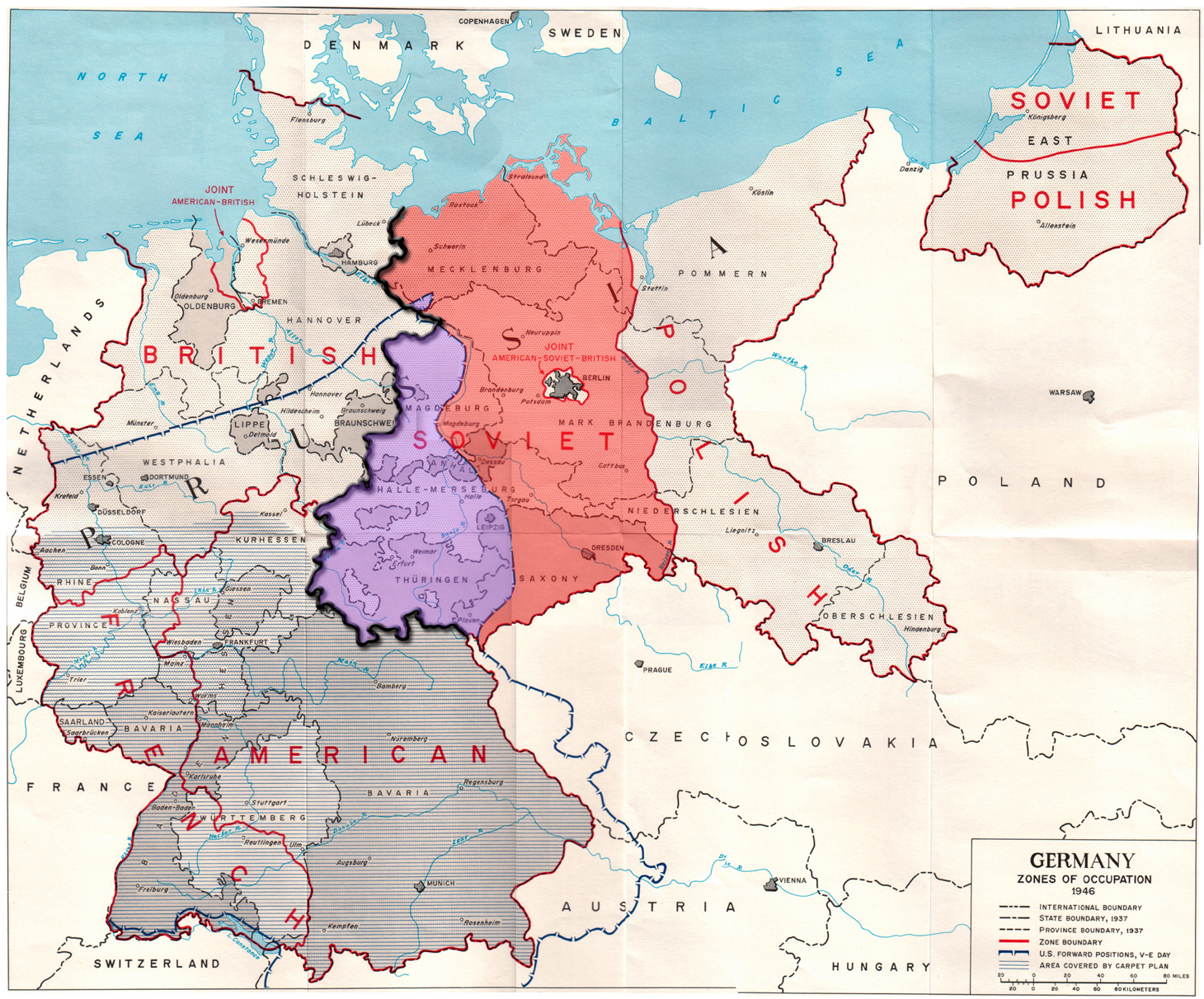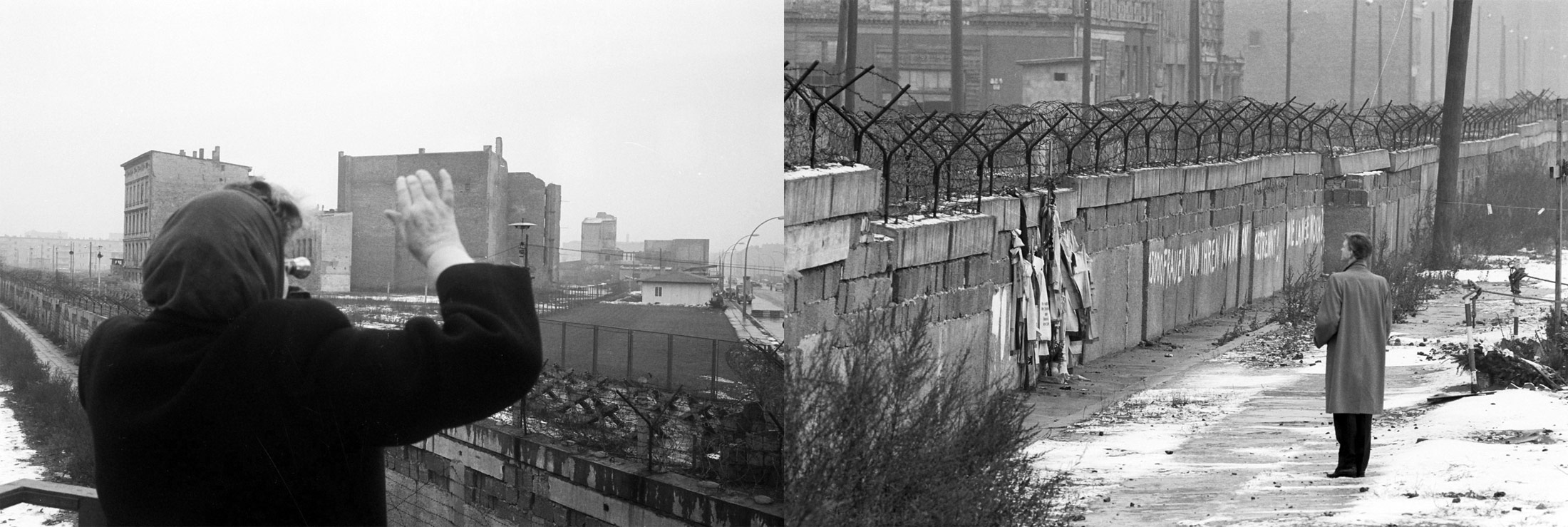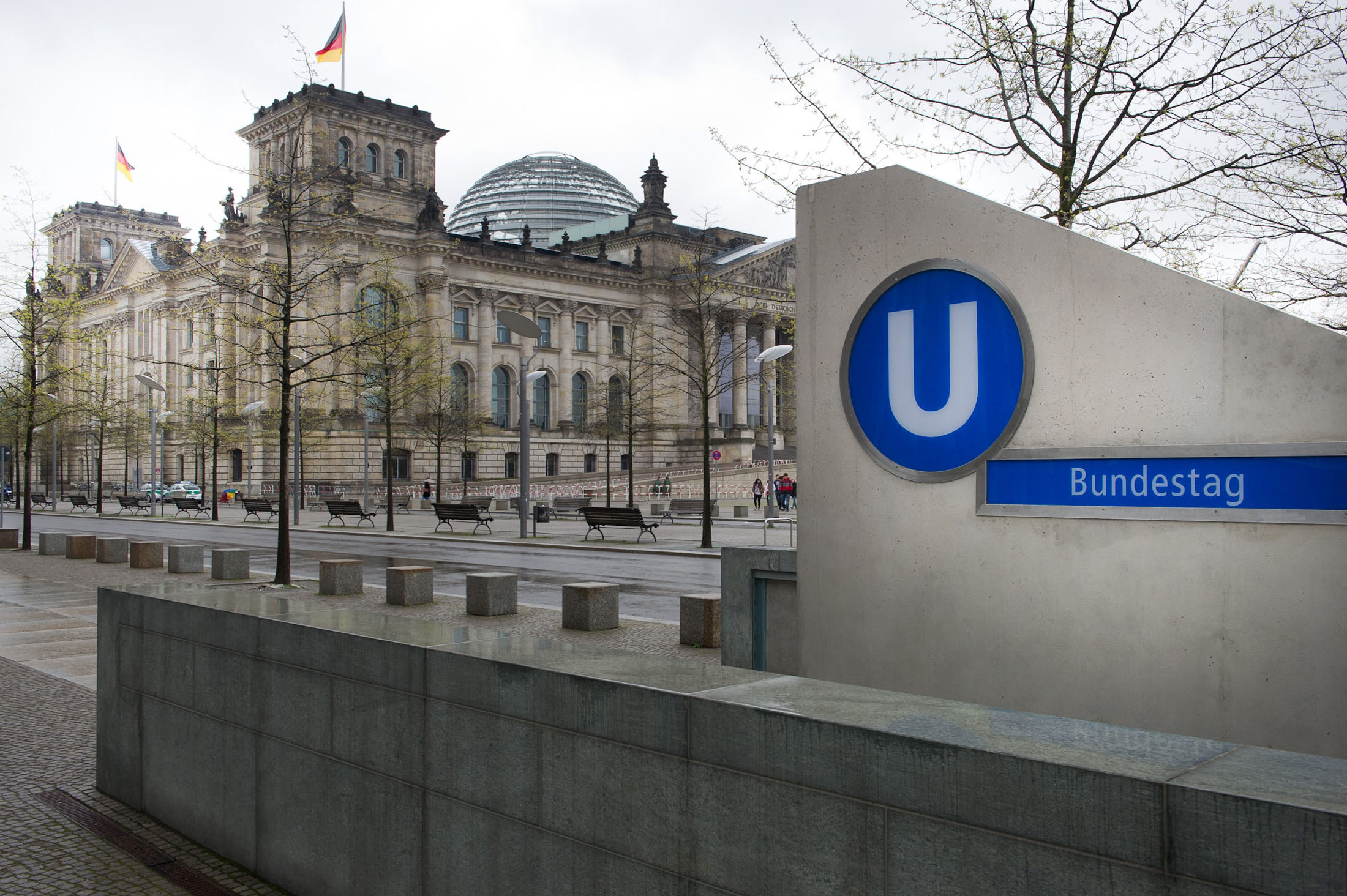With the reunification of Germany on 3 October 1990, Berlin was reinstated as the capital city of united Germany and the Länder of the former German Democratic Republic joined the Federal Republic of Germany in its membership of NATO. Germany had withdrawn from the Warsaw Pact in September 1990, just a few days before German unity.
For decades, NATO support for German reunification had been steadfast and was all the more special that when it happened, the then Secretary General, Manfred Wörner, was the first German to have occupied this the post.
“Germany has overcome its painful, unnatural division. Thus a vital step has been taken to overcome the division of Europe. (...) No permanent peace, no new European order of freedom, democracy and prosperity could be built around a divided Germany, or in opposition to the wishes of the Germans themselves to live within a single nation. Today we put nearly half a century of confrontation and frustration behind us.” - NATO Secretary General Manfred Wörner
Read the full speech



